If you’ve been wondering which is the best hardware wallet for NFTs then this article is just for you! It’ll look at five of the most popular cold storage wallets available now and assess how good they are for storing NFTs. First it may be useful to define the differences between a software wallet and a hardware device (hot and cold wallets).
NFT & Crypto wallets are most commonly divided into two categories: hot wallets and cold wallets. Hot wallets use a cryptographic key (like a password) for authentication and are stored on an internet-connected device, making them less secure than cold wallets. Cold wallets, on the other hand, store the key in offline storage, offering greater protection against hacking threats.
Cold wallets, also referred to as hardware wallets, are NFT storage solutions that aren’t connected to the internet. They use a physical medium, typically in the shape of a USB stick, which would require hackers to have access to both your device and associated PIN/Password. As such, they are considered the most secure type of wallet.
Choosing the best cold wallet for your NFT storage needs can be a a little overwhelming due to the sheer number of options available. To help guide you in this process, we have created a curated list of the best hardware wallets for NFTs that are both user-friendly and highly secure. This list includes tow main brands, Ledger & Trezor and outlines their popular features and also provides some useful website links.
This review is based on extensive research to find the best NFT Hardware wallet for storing NFTs, cryptocurrencies and any other valuable digital assets you may have. Hope it helps 🙂
Best NFT Wallet: Evaluation Criteria
- Safety – Safety is surely the highest consideration when dealing with crypto wallets, and we favoured wallets with 2-factor authentication, biometrics, multi-signature support, open-source code, and robust security protocols for transactions.
- Features – Focus on the general functionality of each wallet. You should look for wallets with more tradable assets, live charts, staking and lending capabilities, and cold wallet compatibility scores.
- Cost – The cost of a cold crypto wallet depends on the type of wallet. You should opt for reasonably priced cold and hot wallets with exchanges that charge less for processing transactions.
Ledger nano x
Ledger Nano X is one of the most popular hardware wallets and was the first to provide partial support for storing NFTs. To store your NFTs you’ll need to use a third-party app that supports NFT management in order to transfer your tokens to the Ledger wallet. You can see at the end of this article how to transfer your NFTs from Metamask wallet to your Ledger wallet.
You do not need to worry that using a hardware wallet online could lead to your funds being compromised. Think of it like your bank sending you a one-time password on your mobile phone for transactions, but with the added level of security offered by blockchain technology. As long as you have your Ledger device and keep your recovery phrase secure, no one can steal your NFTs.
The Ledger nano x is not just a popular NFT hardware wallet, it also one of the best hardware wallets for cryptocurrencies as it offers top-of-the-line security and wallet support for over 1,000 cryptocurrencies. You can acheive peace of mind with the range of security features available, including multi-signature support, cold storage, encryption, and advanced security measures. The device also comes with an OLED display for optimal user experience.
Ledger is a true household name in the crypto wallet industry. The company is well-known for providing its customers with reliable hardware wallets that put an emphasis on the security side of your assets. So well known, in fact, that Ledger comes up in our list of the best NFT wallets not once, but twice.
The Nano X is a very well-rounded crypto wallet. It offers users unparalleled security features, together with some innovative design aspects for the wallet itself. It resembles a USB drive stick, and will thus remain inconspicuous even if you were to take it out in public.
If you are interested in the Ledger Wallet you may also be curious to see how it stacks up against its competitor the Trezor wallet. You can read more in the article Trezor vs Ledger here.
Ledger Nano X is the best hardware wallet for storing NFTs.
Ledger Nano S Plus
The Ledger Nano S Plus is an excellent option for those who are on a tighter budget. It offers competitive pricing and still has all of the essential features necessary to store and manage NFTs and cryptocurrency.
The Ledger Nano S Plus is an upgraded version of the original Ledger Nano S wallet, and it is specifically designed for Web3 and NFTs.
The Ledger Nano S Plus wallet is apowerful hardware wallet that supports over 1500 different coins and provides capacity to manage over 5500 digital assets. Additionally, it has a memory of 1.5MB, allowing users to install up to 100 crypto apps. The wallet also comes with the Ledger Live software for sending and signing NFT transactions with full transparency.
The Ledger Nano S also offers a large, 128 x 64px screen to help users navigate the hardware wallet and verify transactions. To further ensure secure transactions, it is equipped with a CC EAL5+-certified secure chip, guaranteeing that security standards are met.
It also includes an advanced security suite and has several features such as two-factor authentication, secure PIN code protection, and recovery seed backup. The device is highly secure and user-friendly, making it suitable for storing NFTs.
If you have a tight budget, then going for the Ledger Nano S Plus hardware wallet would be a great choice. It comes with affordable pricing and has all the important features that you need for storing and managing NFTs and crypto.
Ledger Nano S
The Ledger Nano S is the last of the Ledger wallet family and offers the fewest features out of the three. Nevertheless, it remains one of the best hardware NFT wallets available, offering cold storage for your cryptocurrencies and NFTs at an affordable price point.
The Ledger Nano S wallet supports over 5,5000 types of crypto coins and NFTs, so users can store all their crypto assets in one place including Binance Smart Chain and ERC-20 tokens. In addition, it is compatible with the Ledger Live app which simplifies setup and management of the wallet making crypto transactions a breeze.
In addition to the official app, the Ledger Nano S is compatible with other popular apps like MyEtherWallet, Electrum, MyCellium and more. It also has a smaller screen than the Nano S Plus but comes with an improved build quality featuring a metal casing for extra protection against accidental bumps.
Furthermore, users can manage and invest in crypto from anywhere using the Ledger Nano S wallet. It allows them to quickly buy, exchange and trade crypto in seconds thanks to its partnership with different crypto exchanges and services.
Finally, although the Ledger Nano S is low on features compared to other Ledger hardware wallets, you can still install up to 3 applications at a time depending on their size. However, compared to the other wallets from Ledger, this one is a bit outdated. Also, the price difference is not that much compared to the Ledger Nano S Plus.
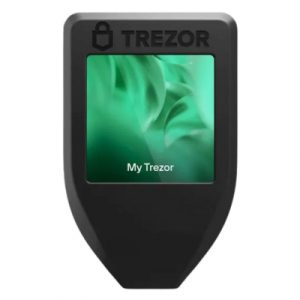
Trezor Model T
In addition to the Ledger wallet, Trezor is another reputable company when it comes to advanced cryptocurrency hardware wallet and wallets. Their Trezor Model T is an advanced hardware wallet that can be used for securely storing Bitcoin, passwords, tokens, NFTs and other private keys.
The best part of the Trezor Model T is its large touchscreen display, which makes navigating through it easy and fast. It also supports more than 1200 cryptocurrencies, although this number is still lower than that of Ledger hardware wallets. Nonetheless, if you are only storing the most popular cryptos, then this should suffice.
The Trezor Model T also allows you to store non-fungible tokens, but only those that are on a blockchain network compatible with the device’s firmware. Additionally, storing NFTs on this hardware is not as secure as storing crypto since its Trezor Suite app does not provide adequate security measures for them. To ensure their safety, you will need to use a third-party app such as MetaMask wallet.
Apart from crypto and NFTs, the Trezor Model T can also be used to securely store your passwords. It functions as a password manager, two-factor authentication tool, and multi-factor authenticator tool.
The Trezor Model T offers an extra layer of security with its MicroSD slot. This feature allows you to program the hardware wallet to only work when a microSD card is inserted, and it will be exclusively compatible with the one assigned to it. If you would like additional protection, this feature can be enabled.
Moreover, the Trezor Model T boasts a unique security feature not found on other hardware wallets: Shamir Backup. This allows you to split up your recovery seed into multiple shares for added protection. Nevertheless, this wallet comes with a more costly price tag than other similar hardware devices.
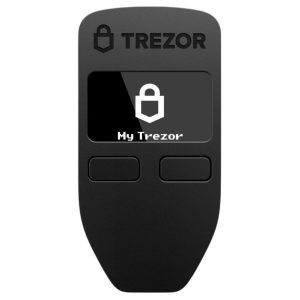
Trezor One
Finally, the Trezor One rounds off this list of the best NFT wallets available. This hardware wallet was released in 2014 and has maintained its position as one of the most reliable crypto storage solutions ever since.
One of the most impressive aspects of this hardware wallet is its ease-of-use and fast setup. You can make your first crypto purchase directly within the physical wallet itself, eliminating the need to register with a cryptocurrency exchange – something that software wallets require. This feature is not available on other popular hardware wallets like Ledger.
The Trezor Wallet app also allows you to purchase cryptocurrency with fiat money. Plus, a step-by-step guide is provided to help you get set up and start managing your assets on the wallet. Additionally, the Trezor One supports over 1,000 different coins and tokens, including Bitcoin, Ethereum, Ripple, and more.
In addition to the hardware wallet, users will be provided with a small screen and two buttons for easy navigation. Nevertheless, this device does not have the same touchscreen display as its more expensive counterpart – the Trezor Model T.
Not only can the Trezor One be used to store your digital assets, but it also is equipped with a password manager and U2F authentication capabilities for added security. This means that you can safely store all of your online passwords in one secure place.
Furthermore, the Trezor One is compatible with a variety of wallets such as Electrum, Blockstream Green on desktop, Mycelium on Android and myTREZOR.com on web. If your wallet gets lost or stolen, you don’t have to worry about losing your funds permanently; you can always recover access to them by using your offline backup, as long as you have your recovery phrase code.
What are hardware wallets?
Hardware wallets are specialized devices specifically designed to secure cryptocurrency assets. These wallets generate private keys, which are protected by layers of encryption and kept offline to protect them against cyber-attacks. They operate independently of any computer or network, allowing users to securely store their crypto holdings without having to rely on third parties such as exchanges or services.
They provide an extra layer of security compared to software wallets, as they are not connected to the internet.
Furthermore, hardware wallets have advanced features such as password protection and two-factor authentication to keep your funds secure from malicious actors. Additionally, they offer recovery options such as seed phrases in case your device is lost or stolen.
Hardware wallets are also known as cold storage (or cold wallets). Hardware wallets support multiple cryptocurrencies and are compatible with several interfaces and apps. They act as an interface to manage coins and are also compatible with other third-party online wallets too.
Keep in mind that the more complex the device is, the greater the chance of attack.
How do hardware wallets work?
Hardware wallets are designed to store all your digital assets securely and locally. Hardware wallets only sign transactions. This means that when you need to access or transfer funds, you’ll have to physically connect the wallet to a compatible device that is connected to the internet. The hardware wallets use an LCD screen, which allows for secure private key generation on the device itself, rather than relying on third-party services.
Usually, to interact with the hardware wallet you need to download software. As these wallets allow only specific types of information, such as transaction data.
To start the transaction, we need to enter the pin(password) in the hardware wallet. Always ensure that the transaction we approve on the hardware wallet’s screen is the same as the connected device (Laptop).
You should never forget the seed phrase, which is a 12- 24 words combination given to us to initialize our hardware wallet. Anyone with access to the seed phrase can access your cryptocurrencies, therefore, you must keep them offline in a secure place.
How to store NFTs on a hardware wallet?
Step 1. Connect your Ledger Nano or Trezor Hard wallet to your computer device using a USB cable. Open your hot wallet, we will use MetaMask wallet & Laedger as an example.
Step 2: Click to the top-right menu of MetaMask wallet and then click on “Connect Hardware Wallet” in the drop-down menu.
Step 3: When you click “Continue,” MetaMask will look for a hardware wallet connected to the computer. Make sure it discovers your wallet, unlock your device.
Step 4: Once Metamask discovers your cold wallet, it will prompt you to choose an account to connect to MetaMask. Choose one and finish (or create one on Ledger Live if you have none).
Step 5: Three last steps to make sure everything runs smoothly.
- Click “Ethereum application” on your hardware wallet display then click “settings” and turn on “blind signing” (make sure you’re aware of the risks associated with blind signing). Or else it won’t work properly.
- Open the MetaMask window, click on the account logo at the top right corner, scroll down to “settings” and click. Then click “advanced settings”, scroll down and turn on “WebHID”.
- You can now view your Ledger wallet balance on the MetaMask extension. You will also be able to transact across all blockchain applications supported by MetaMask. To do that you will need to connect your Ledger wallet to your computer, open Ledger Live, verify and sign the transactions.
Step 6. You can now interact with your favorite NFT marketplaces from the security of your hardware wallet, by selecting MetaMask on login.
If you need help with setting up your Ledger wallet this support page may be of help. Trezor wallets also have user guides to help get you started such as “How to store NFTs on a Hardware Wallet”.
Can you store NFTs on Ledger and Trezor?
Yes both Ledger and Trezor hardware wallets allow you to safely store NFTs.
Can you store NFT on a hardware wallet?
Yes you can store NFTs on a hardware wallet.
How To Secure NFTs?
If you wish to store your NFTs securely, there are a range of both NFT wallets and cryptocurrency wallets that offer the ability to transfer and protect them from any malicious actors. Below, we explain three of the best methods for keeping your digital assets safe.
Cold Storage Hardware Wallet
The most secure way of storing your NFTs is by using a cold storage hardware wallet. This type of secure wallet, is a physical device, usually in the form of a USB stick, that permits you to store your digital assets offline and away from malicious actors. As long as they don’t have access to the physical device, they won’t be able to access your private keys.
If you’re planning to hold onto your NFT for a long time, or if you own valuable NFTs that could attract the attention of scammers, then it’s best to invest in a cold storage wallet. Popular brands include Ledger and Trezor, but be sure to purchase hardware wallets from an authorized vendor and not a third-party reseller, as you could be buying a wallet that has already been tampered with.
Software Wallets
If you are frequently buying and selling NFTs, then a software wallet may be more suitable for you. Also known as ‘hot wallets’, these can come in the form of mobile apps, browser extensions and desktop applications; some marketplaces also require this type of online wallet to make transactions simpler.
There are many software wallets to choose from, but the most popular one is MetaMask. It uses a password and seed phrase to protect your transactions and other useful ones include Trust Wallet, Rainbow, Enjin Wallet and Math Wallet.
Software wallets can be more convenient for transactions, but bear in mind that they are also more susceptible to attacks as your private keys are sent online.
InterPlanetary Files System (IPFS)
IPFS (InterPlanetary Files System) is a decentralized protocol that stores your NFTs off-chain, making it difficult for hackers to gain access. It uses a content-based addressing system instead of the traditional location-based address system.
When content is added to IPFS, it’s given a unique content identifier (CID), which is more secure than traditional URLs. The CID hashes are then stored on your computer and you will be notified if any hacker node attempts to gain access. If you’re interested in using IPFS, Pinata has quickly become one of the most popular IPFSs.
What is the main difference between a Hot Wallet and Cold Wallet?
The main difference between a hot wallet and a cold wallet is how they store keys. A hot wallet stores frequently used keys and have an internet connection, while a cold wallet stores infrequently used keys offline. Separating the two wallets helps protect your digital assets from theft or malicious hacking attempts. A cold (hardware) wallet is also stored offline, avoiding the risk of hacking. If you want to securely hold digital assets a cold wallet is strongly recommended.
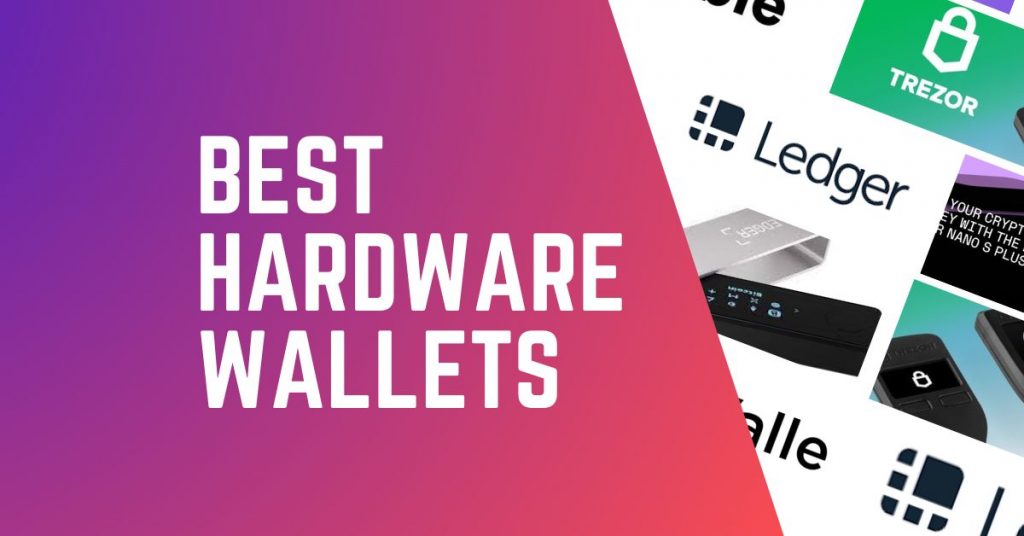
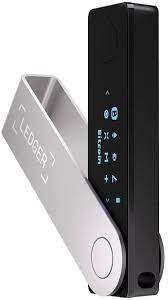

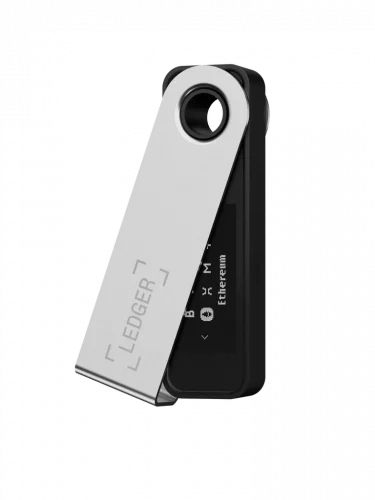
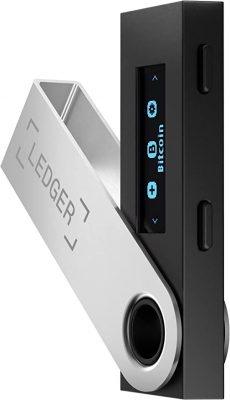

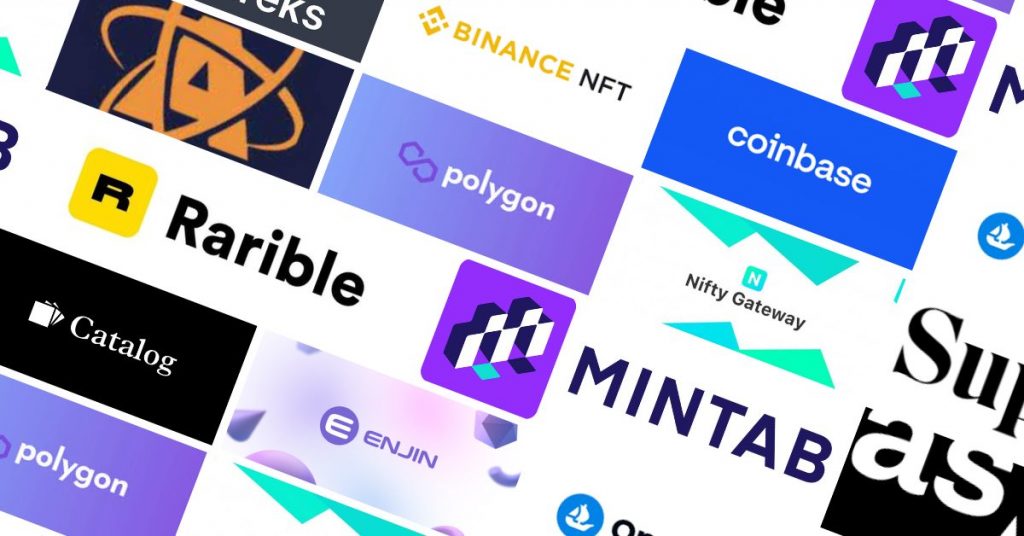
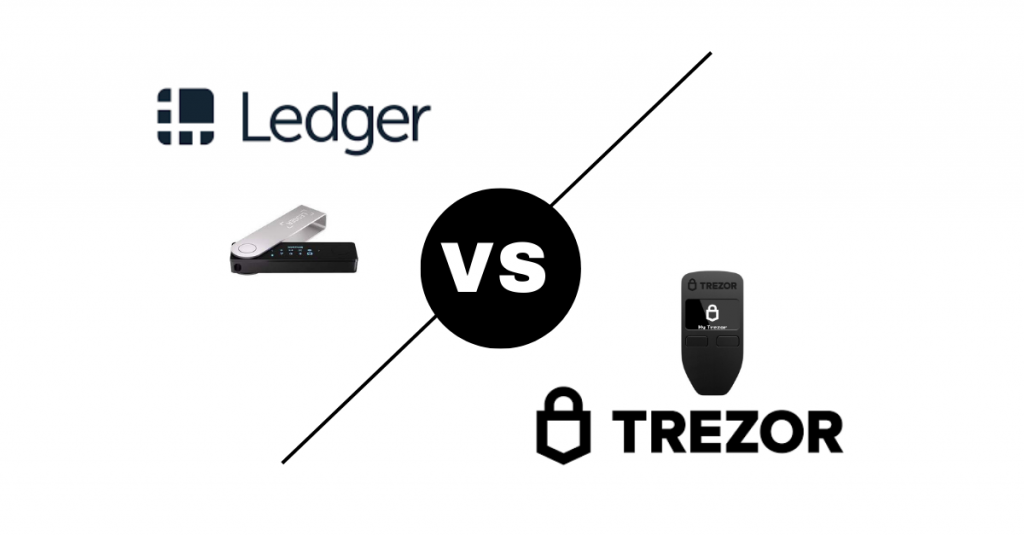
My spouse and I stumbled over here coming from a
different website and thought I might as well check things out.
I like what I see so now i am following you.
Look forward to checking out your web page again.